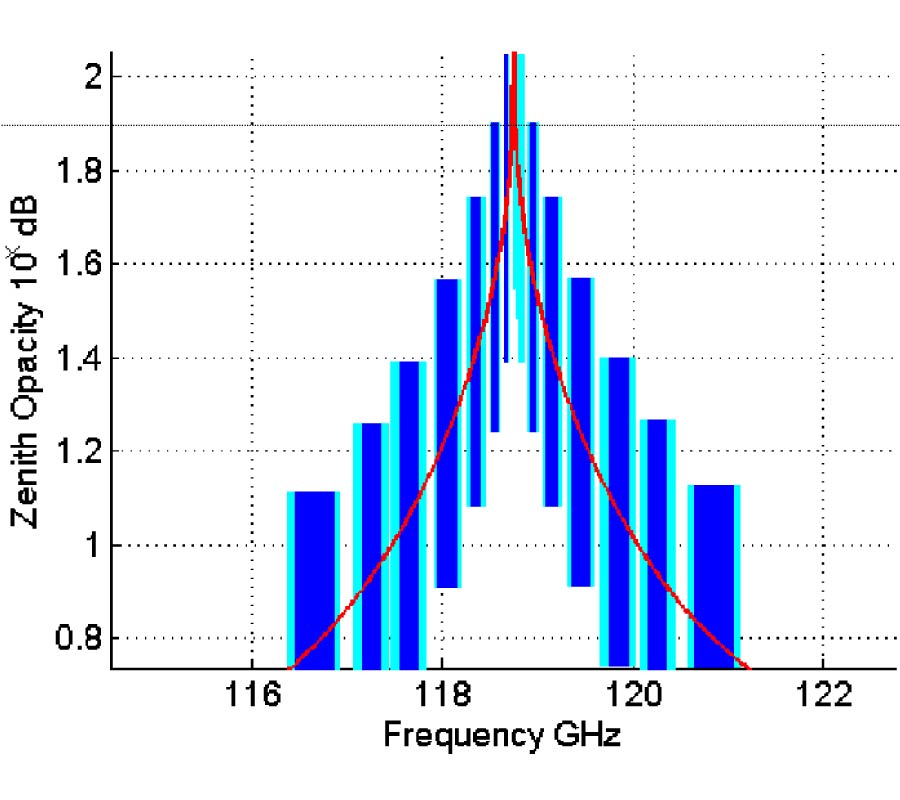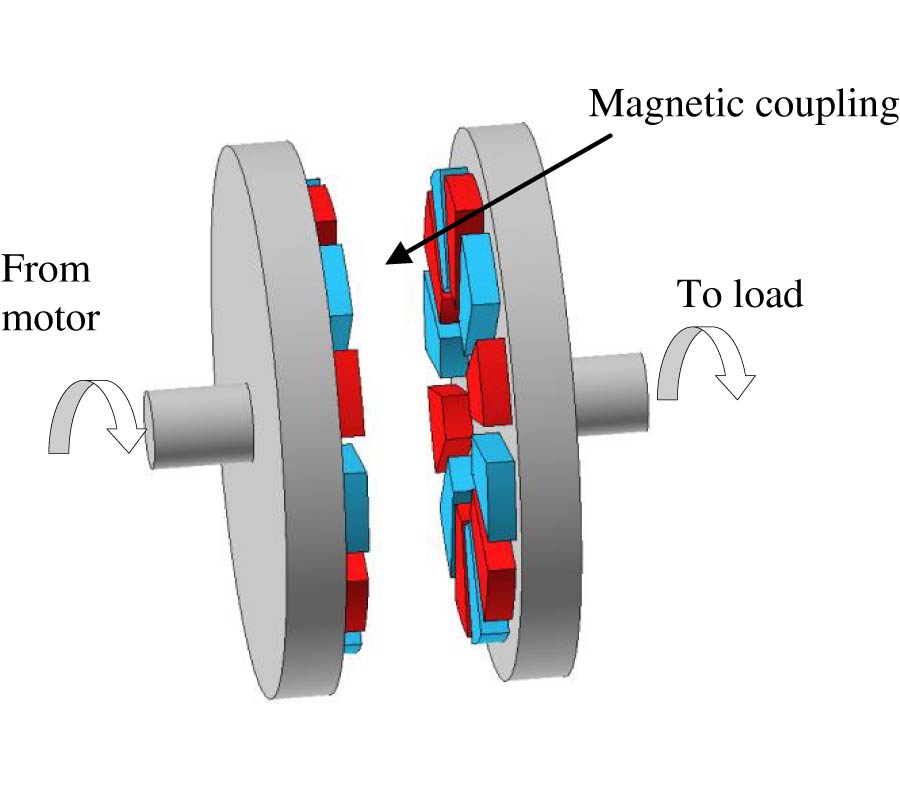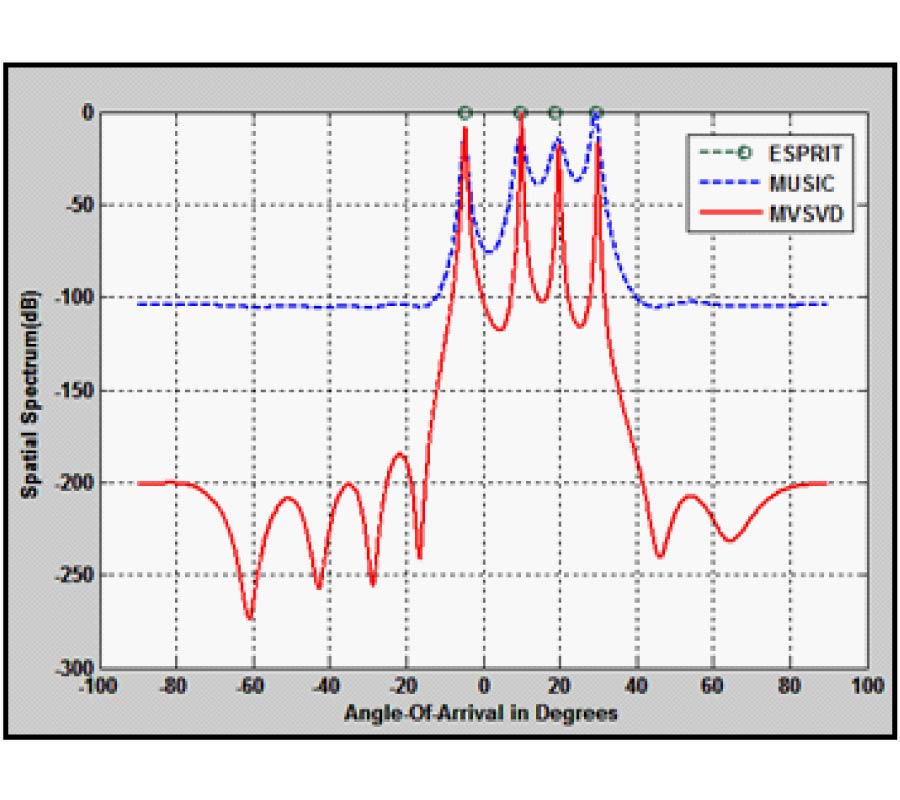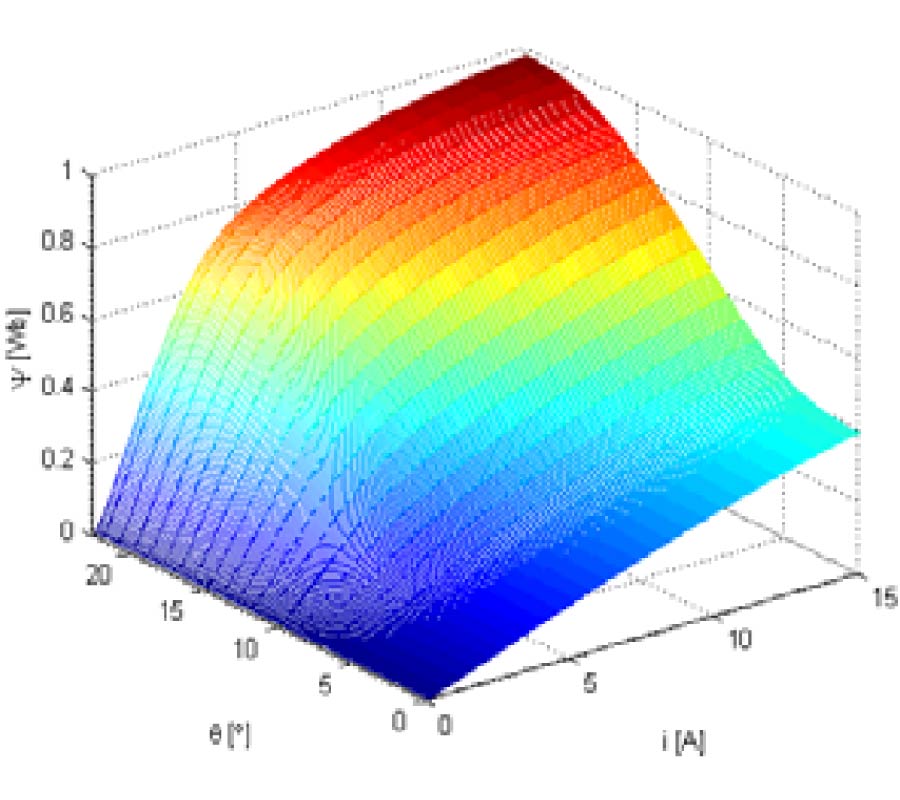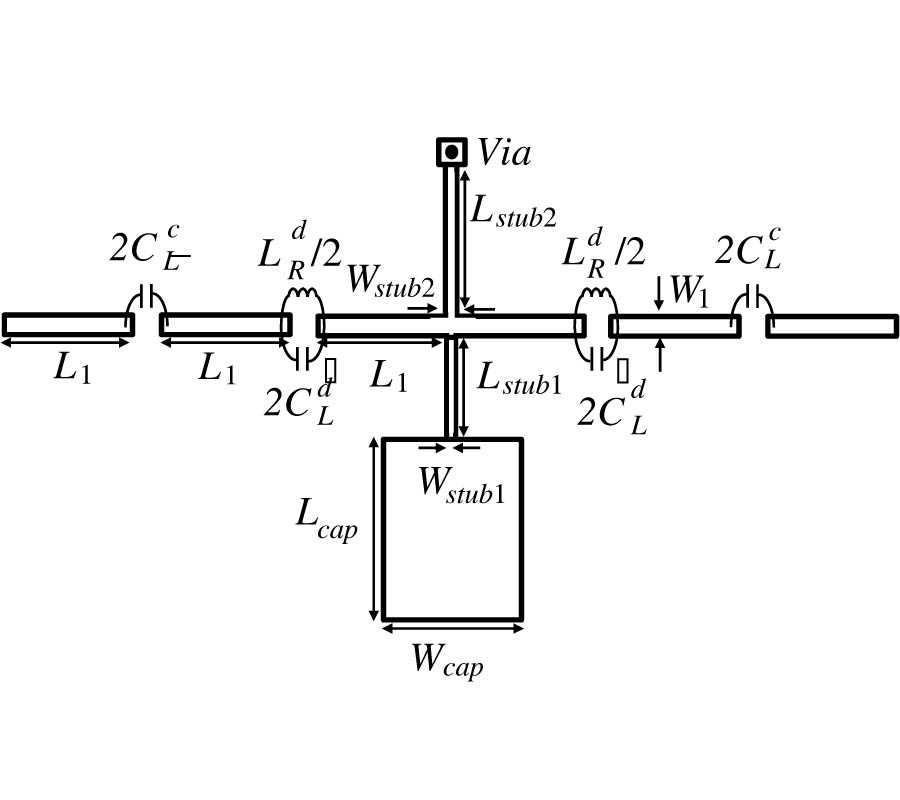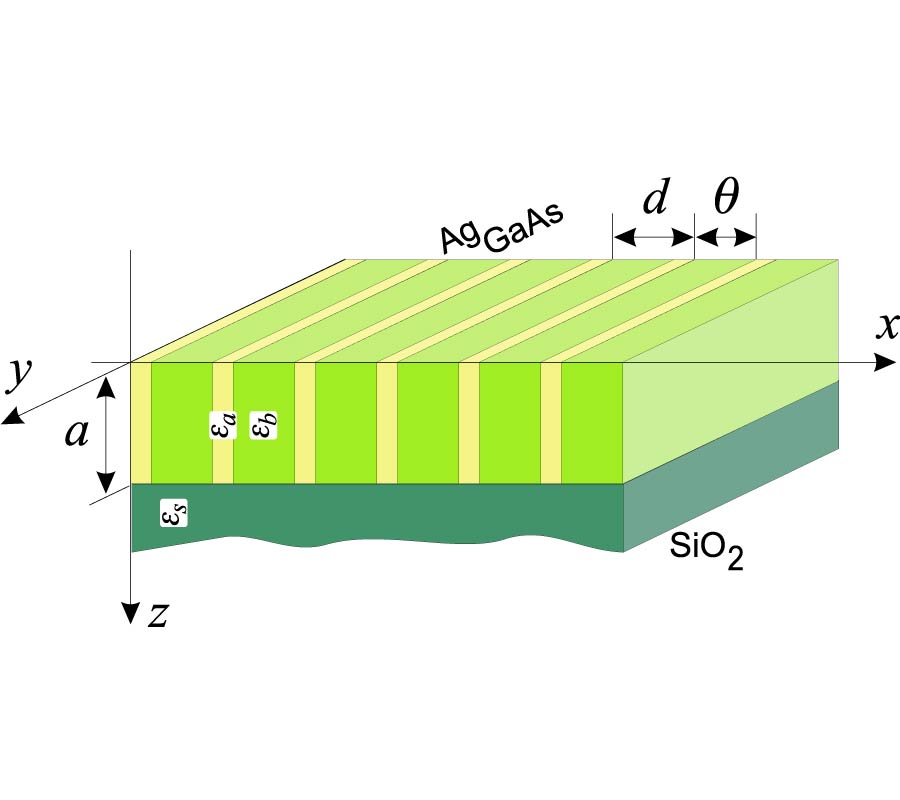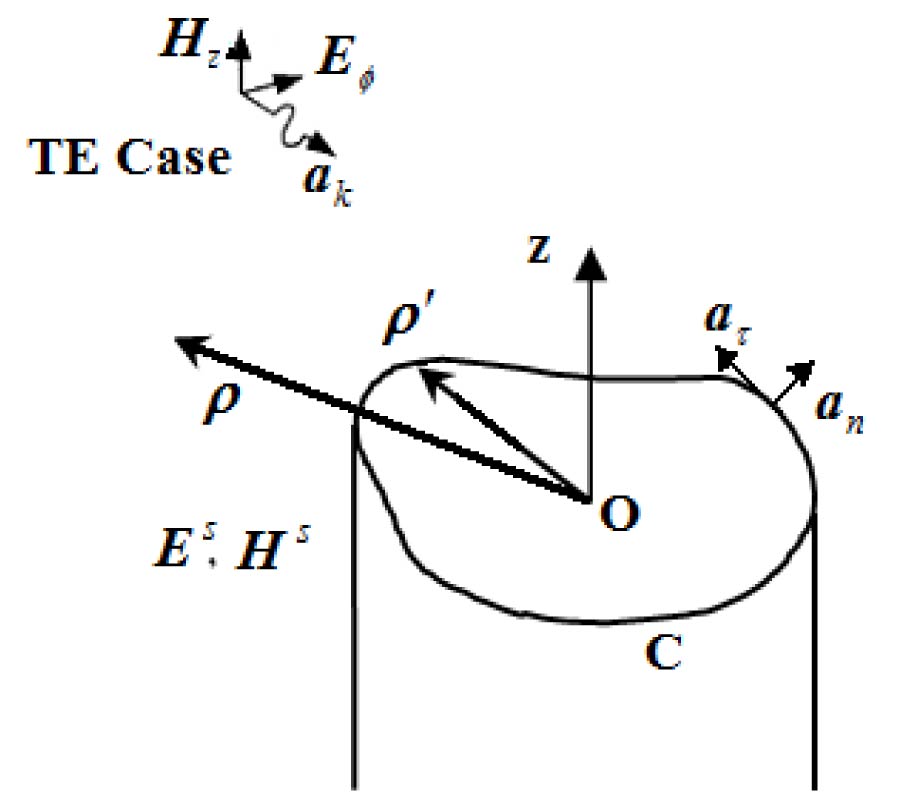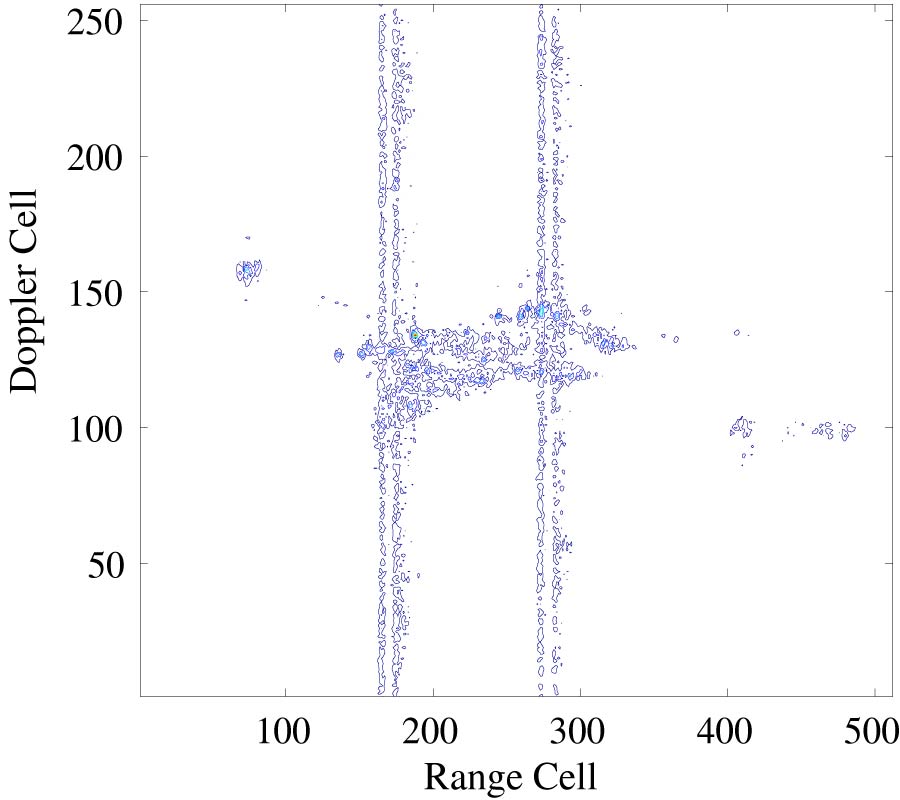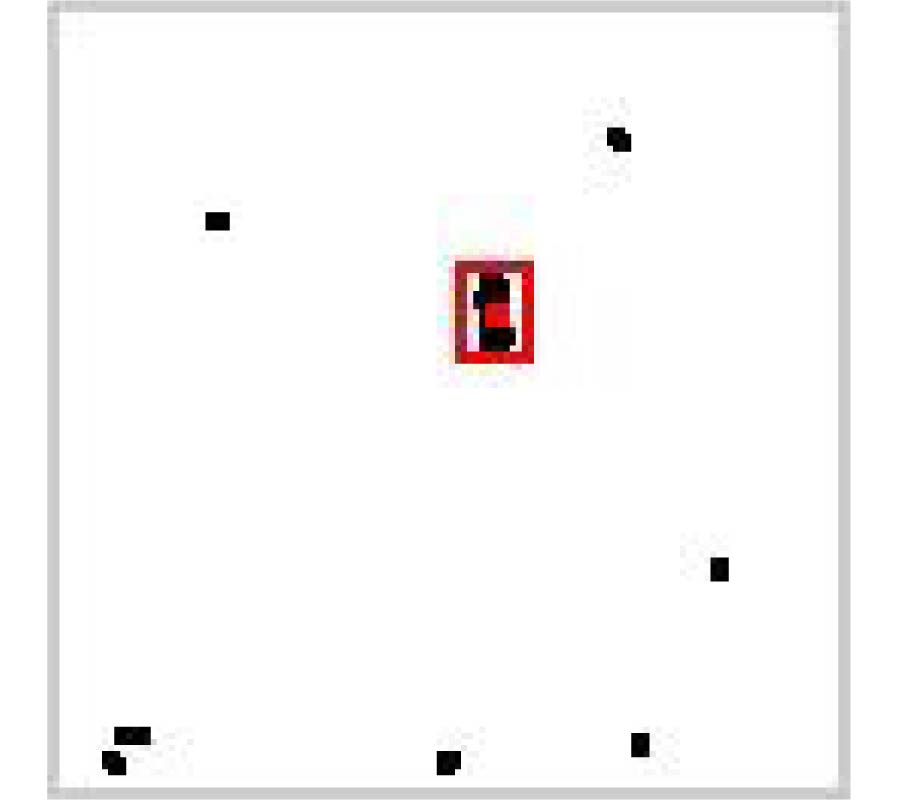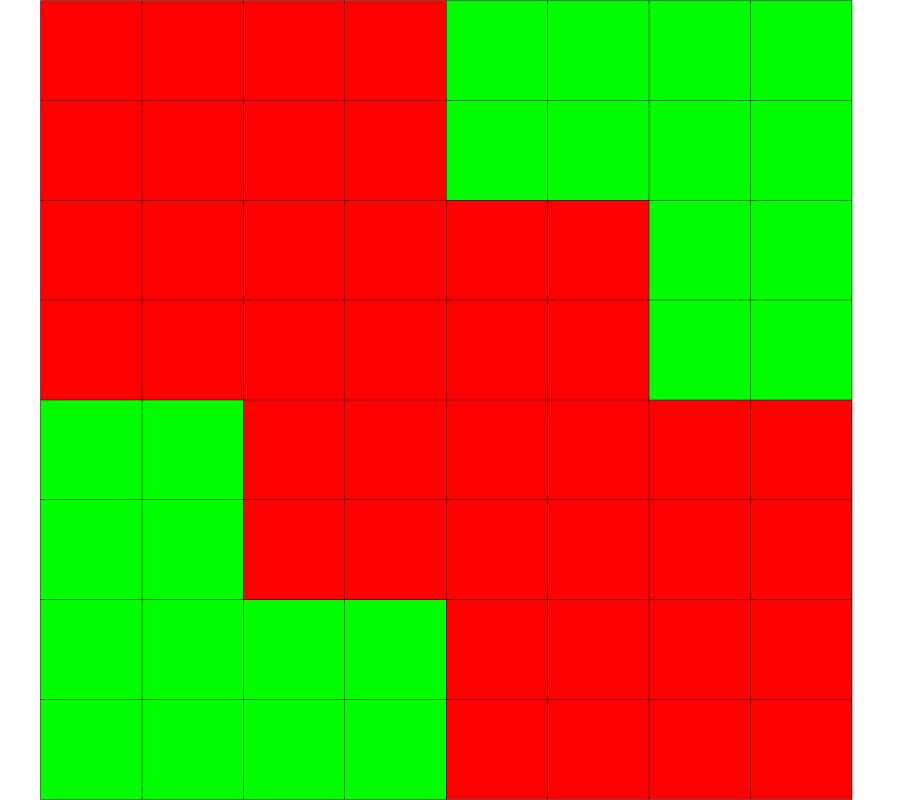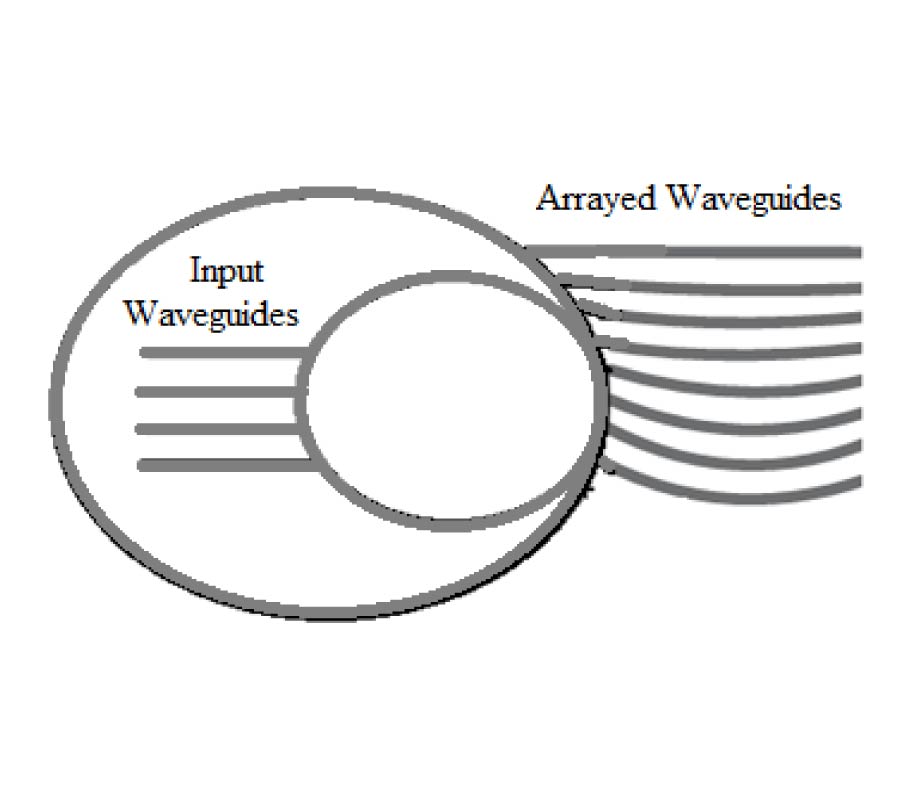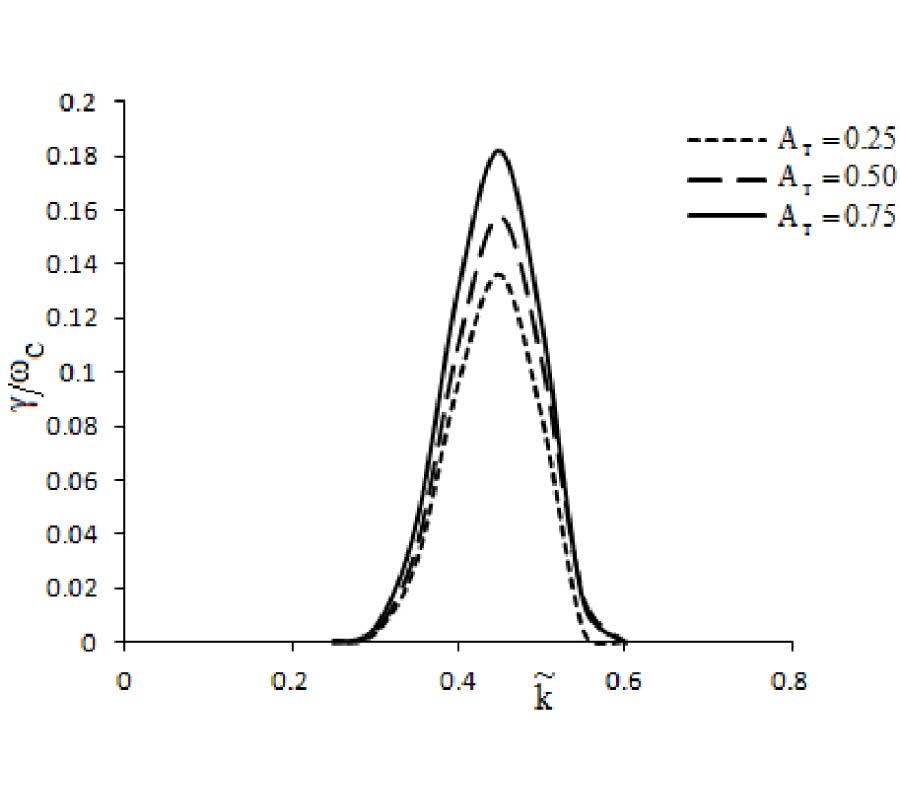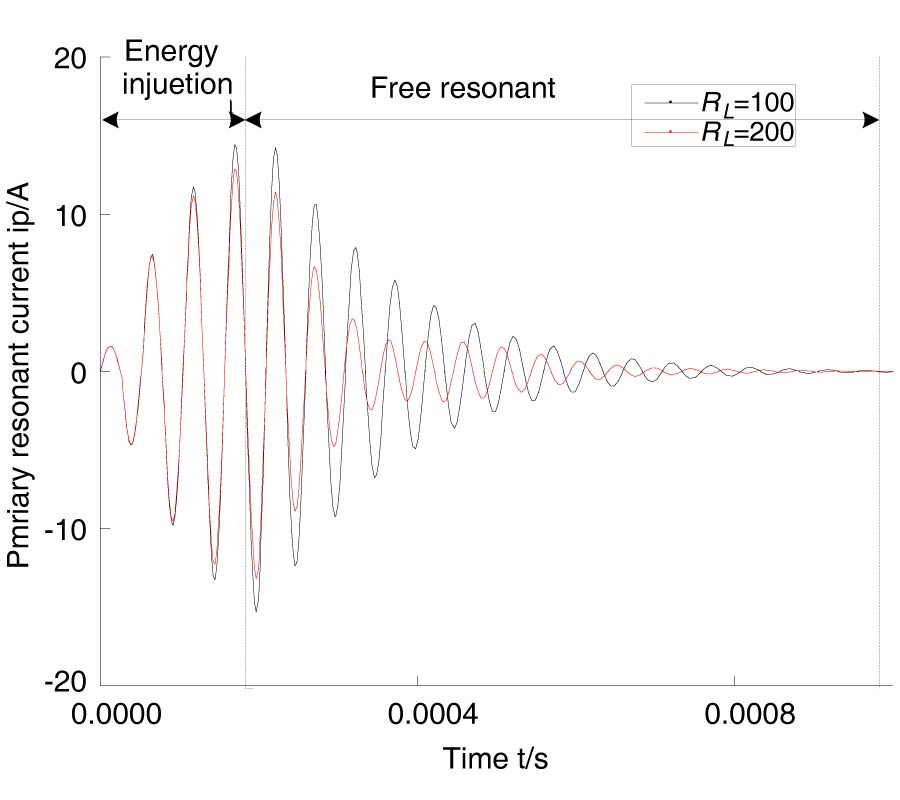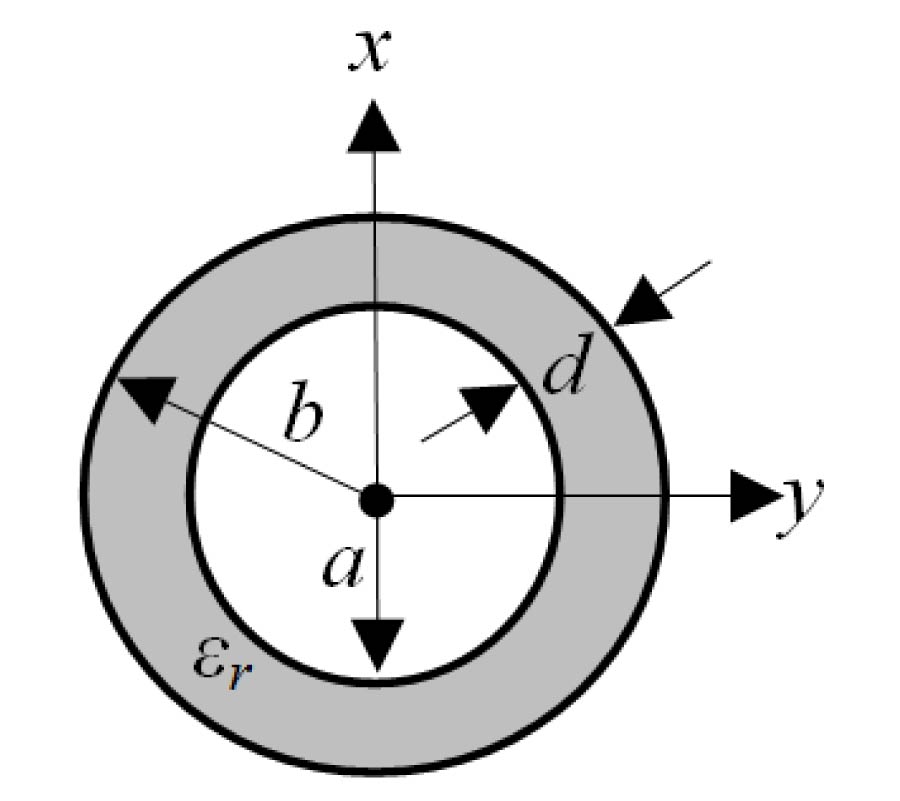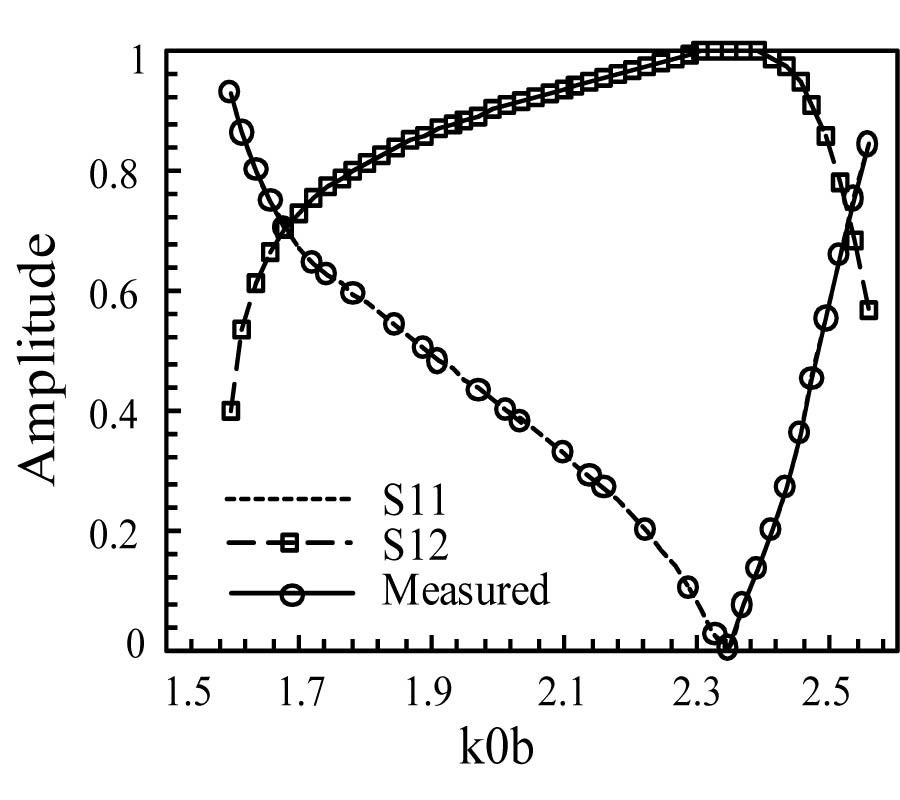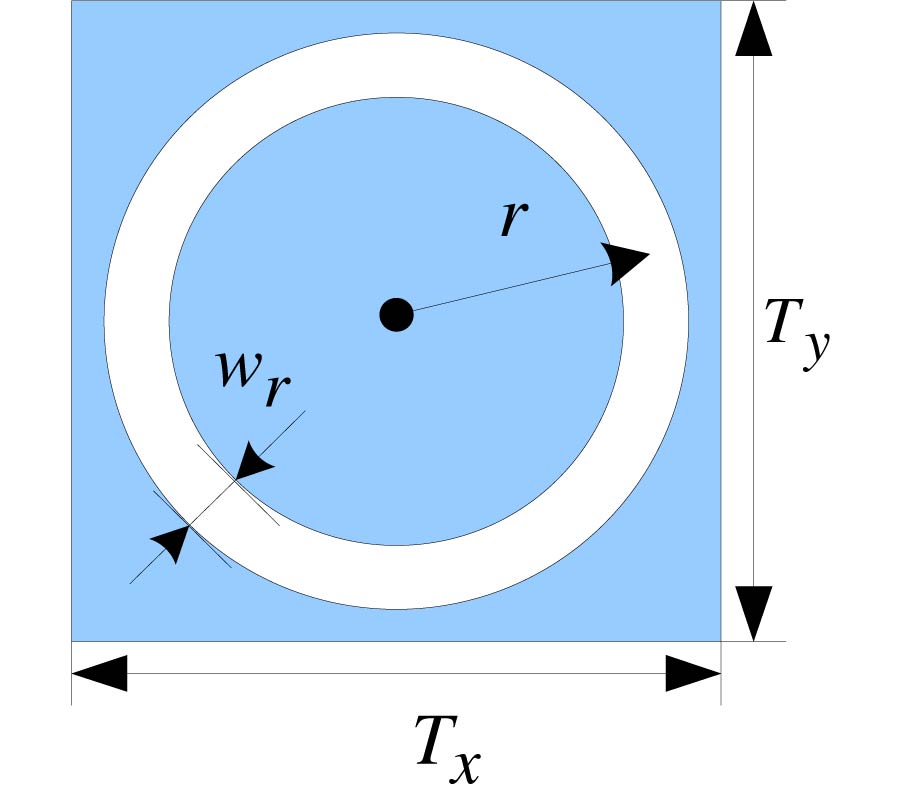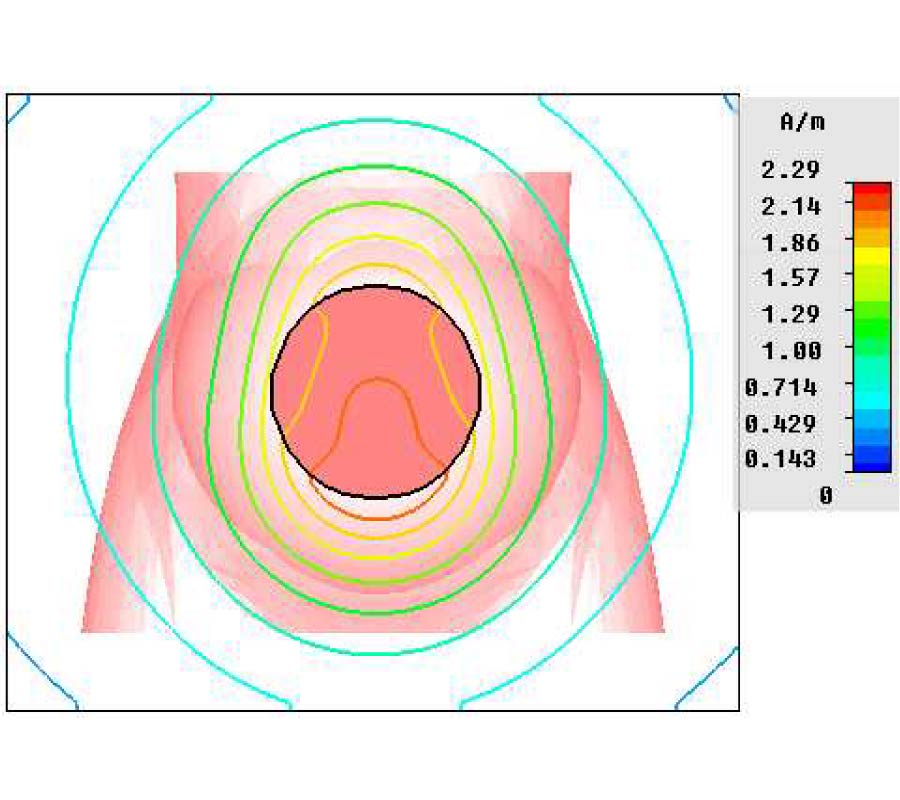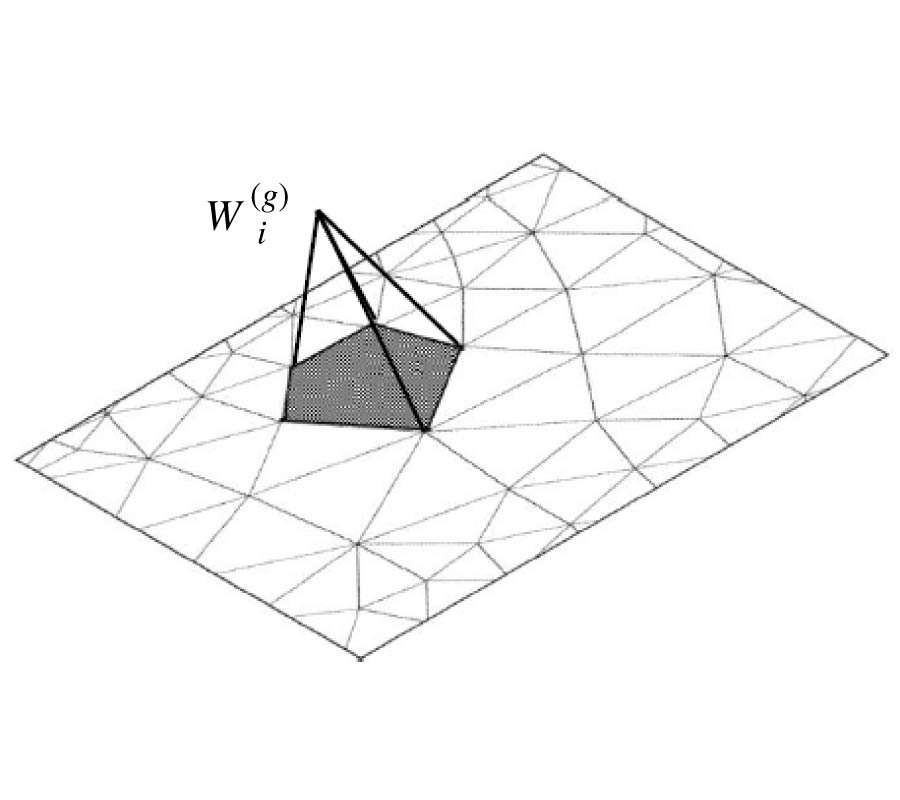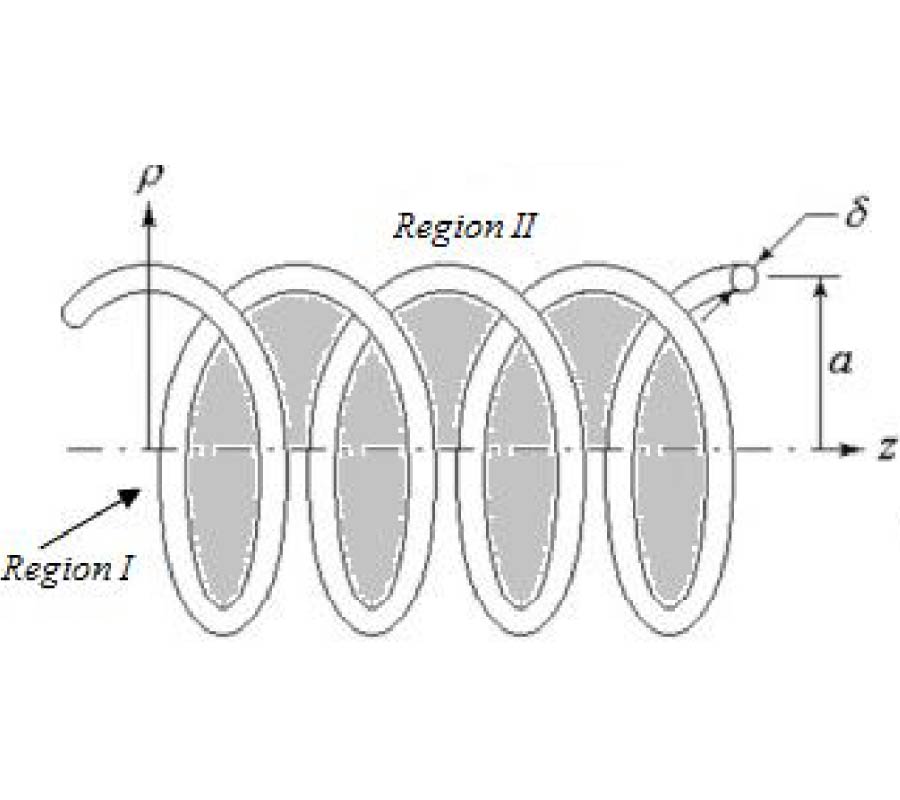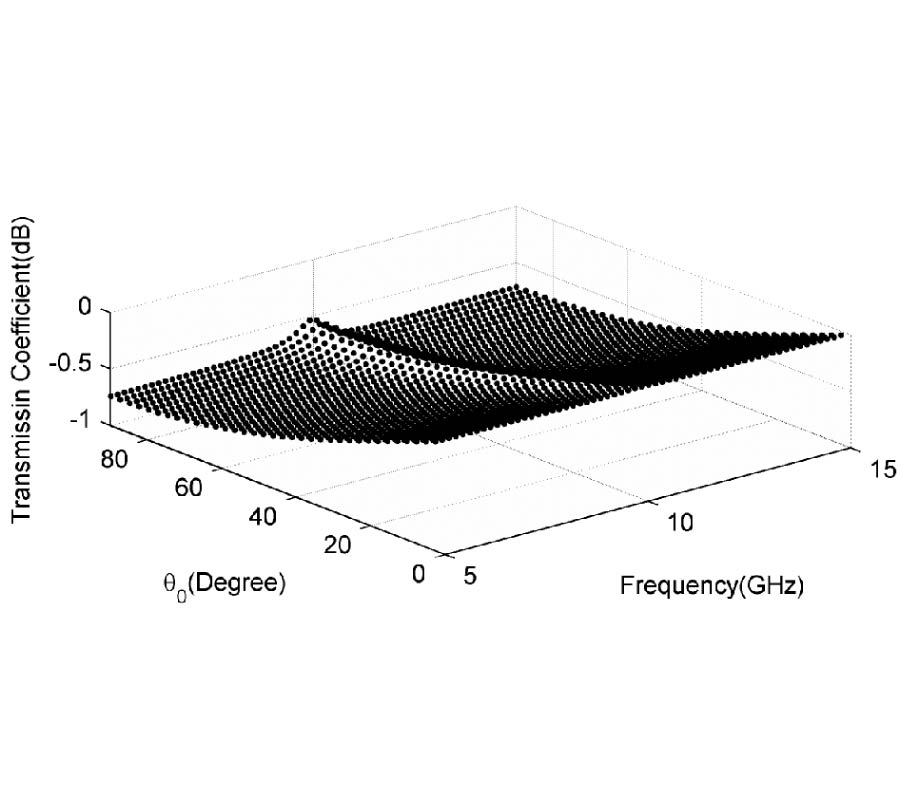2014-04-09 Latest Published
By Haibo Zhao
Cheng Zheng
Yongfang Zhang
Bin Liang
Naiming Ou
Jungang Miao
Progress In Electromagnetics Research M, Vol. 35, 183-191, 2014
Abstract
Operating frequencies for passive remote sensing have been extended to millimeter and sub-millimeter wave regions in recent years. Due to relatively shorter wavelengths, narrower beam widths can be achieved under antenna size limitations. In turn, better spatial resolution can be achieved, which is especially important for sensors in geostationary orbit. There are several mission proposals for millimeter and sub-millimeter wave payloads in geostationary orbit, e.g., Geostationary Observatory for Microwave Atmospheric Sounding (GOMAS) proposed by European countries, Geosynchronous Microwave (GEM) Sounder/Imager Observation System proposed by USA, the next generation Chinese geostationary orbit meteorological satellite FY-4, etc. The feasibility study of geostationary microwave payloads and simulation of millimeter and sub-millimeter wave atmospheric sounding data is currently underway. Many measures evaluate the efficacy of atmospheric sounding data, one of which is the Degrees of Freedom for Signal (DFS). It is independent of specific regression algorithm thus able to offer an objective measure for performance comparison and channel parameter optimization. In this paper, the DFS of a set of millimeter wave (50~70 GHz, 118 GHz, 183 GHz) and sub-millimeter wave (380 GHz, 425 GHz) sounding channels is analyzed. The DFS improvement with increasing bandwidth is given; results suggest that broader channel bandwidth will improve the efficacy and retrieval performance of the future geostationary orbit millimeter and sub-millimeter wave radiometers.
